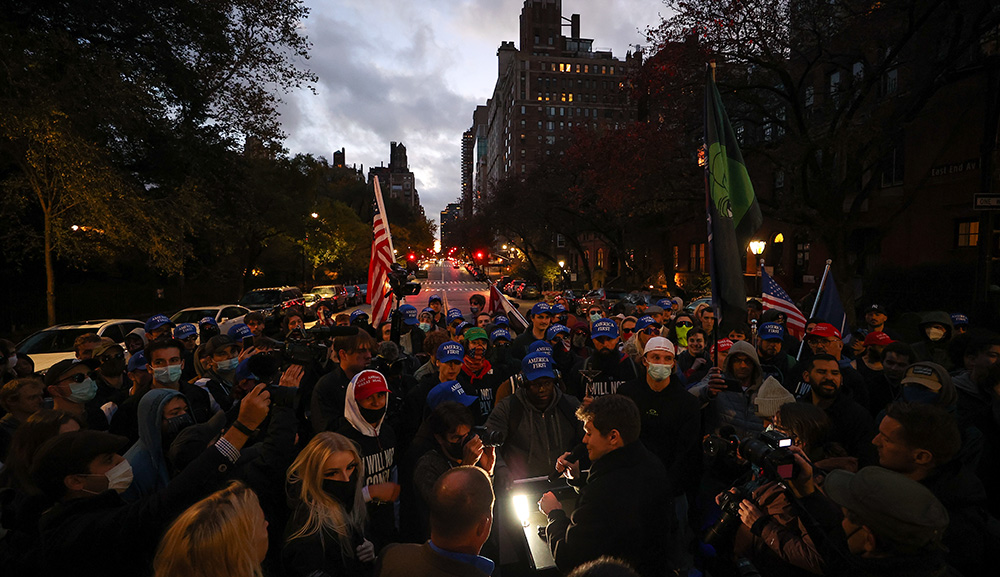In Israel, most blacks are Jews, while Jews and Arab usually can’t be distinguished by their physical features. Yet there is a tendency in the U.S. to see the Israel-Palestinian conflict in the terms of American racial obsessions—a tendency that inevitably depicts Israeli Jews as “white” oppressors. Matti Friedman comments on this peculiar form of provincialism.
“What they are doing to the Palestinian people is what they continue to do to our Black brothers and sisters here,” Representative Rashida Tlaib of Michigan shouted to applause at a rally earlier this month, leaving listeners to ponder the word they. . . . While following the protests in Ferguson, Missouri, in 2014, which to me seemed just and necessary, I saw a sign that read from “Ferguson to Palestine.” This was puzzling. . . . If activists were seeking foreign inspiration for a domestic movement, they had hundreds of ongoing ethnic conflicts to choose from. But something about Palestine struck Americans as relevant to their own experience.
For these Americans, distant Jews have become an embodiment of the American evil, racial oppression. People have always projected fantasies onto other places and groups, but this particular type of projection, in which Jews are displayed as the prime symbol of whatever’s wrong, has a long history. When it surfaces, it usually heralds an impatience with logical analysis and normal politics, and a move toward magical thinking.
Western observers are often tempted to see foreign countries as mirrors of their own, because it makes a story more compelling for members of their audience, who are interested—who isn’t?—mainly in themselves. And it means they can analyze other societies without going to the considerable trouble of studying them, learning their language, or even visiting.
More about: Anti-Semitism, Israeli-Palestinian Conflict, Racism, Rashida Tlaib


